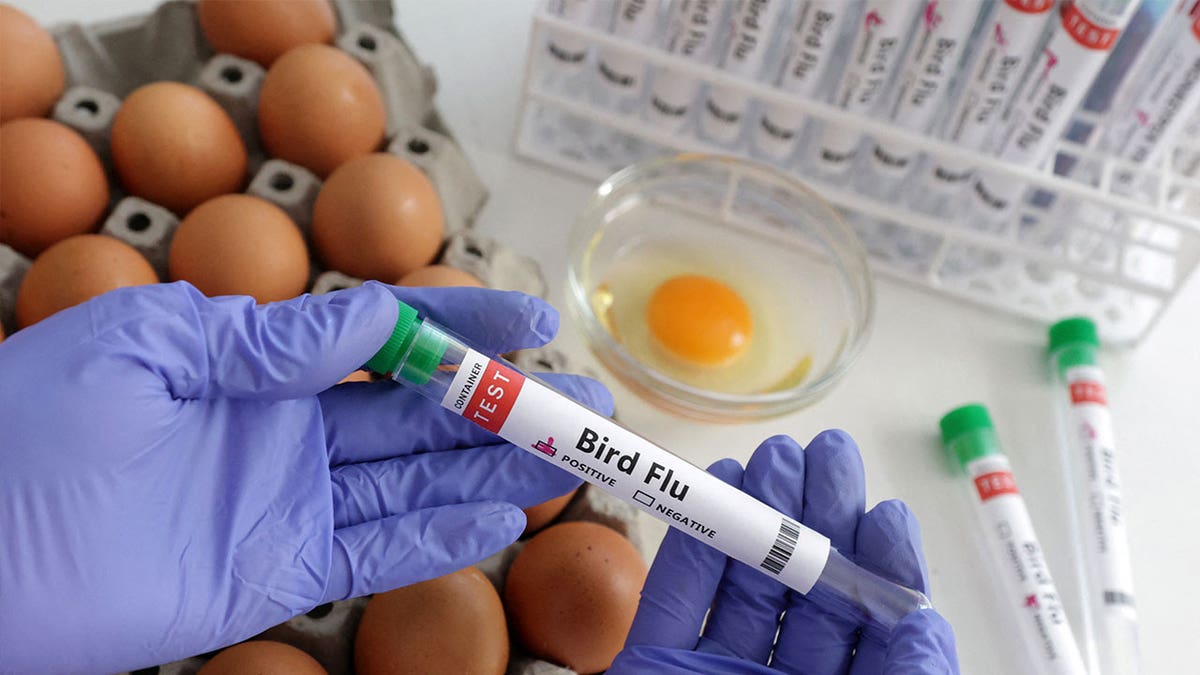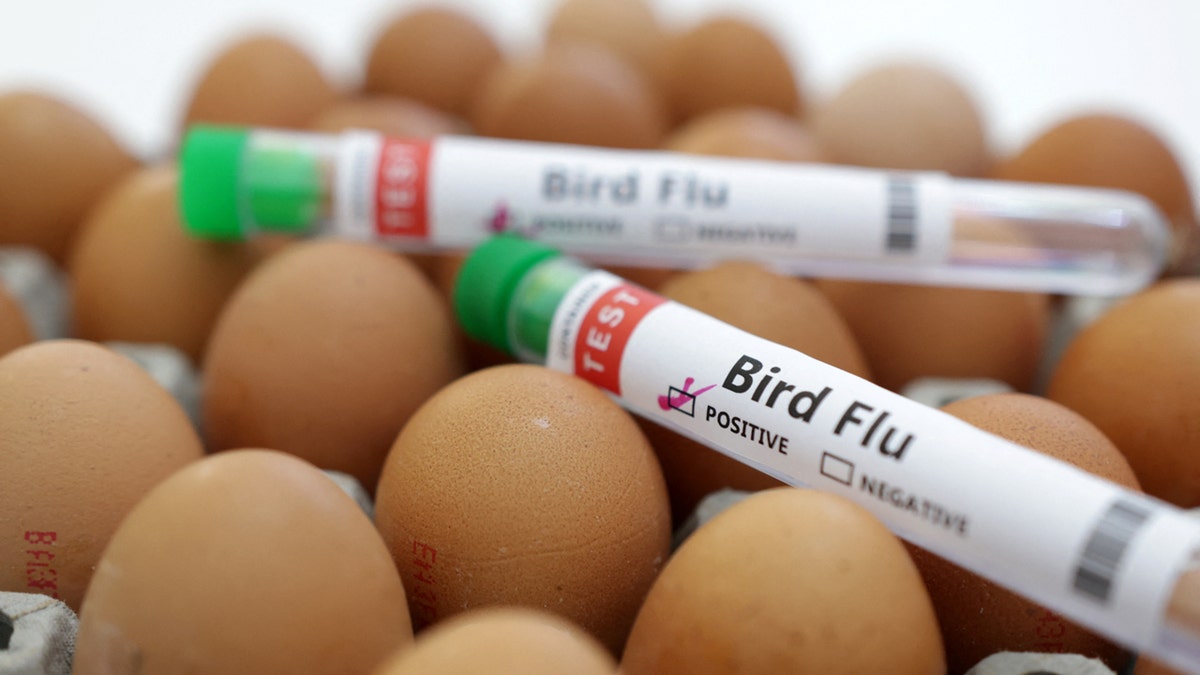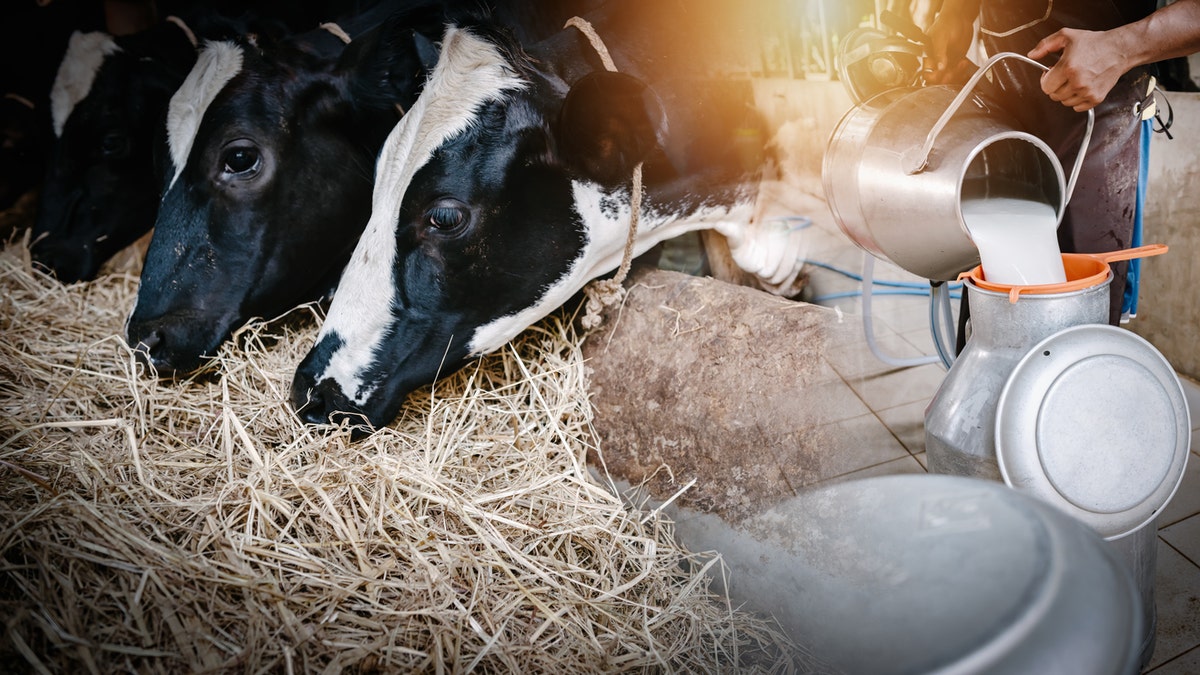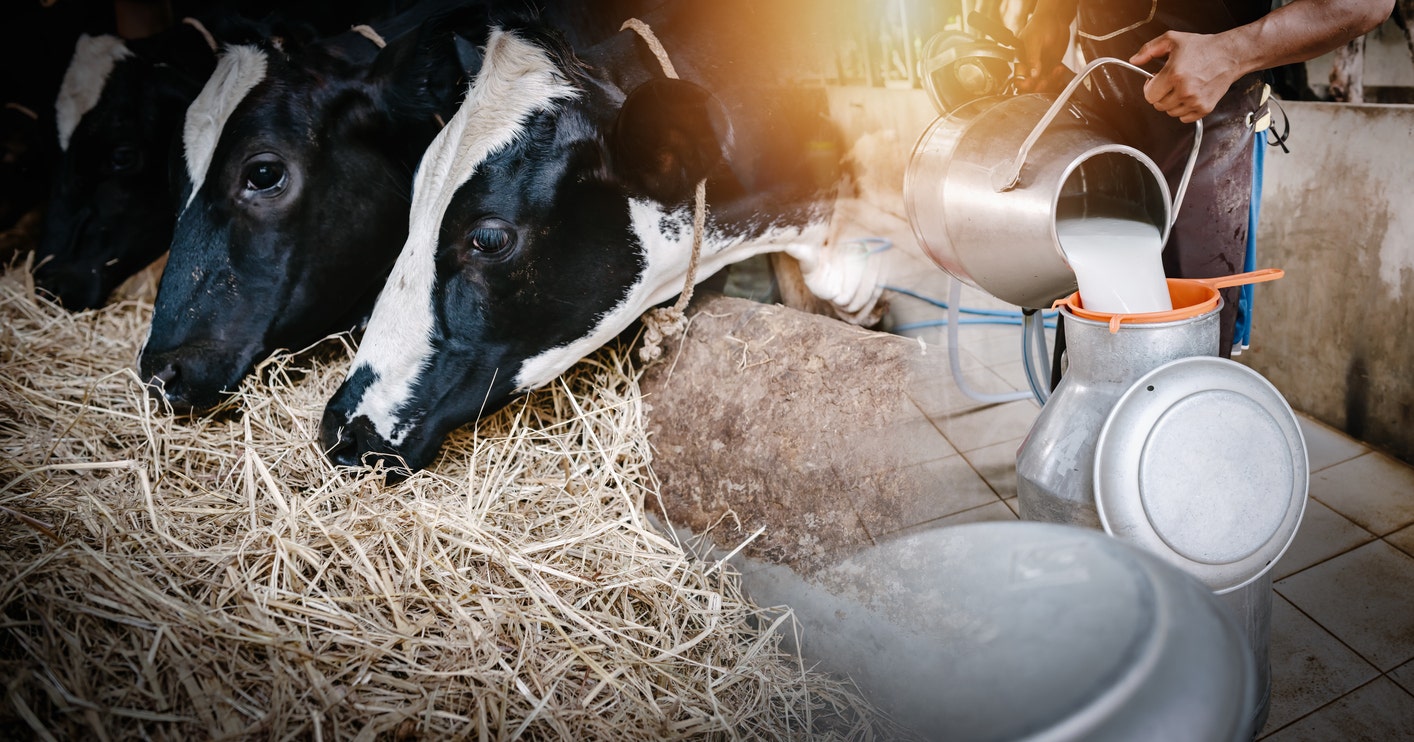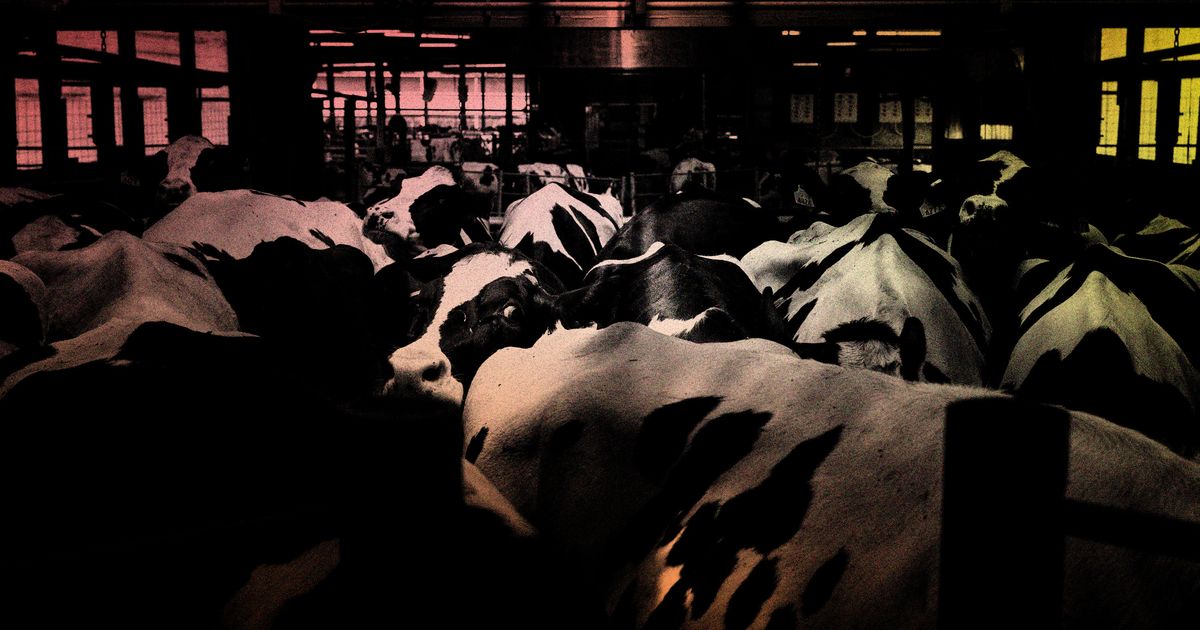
Title: Unraveling the Mysteries of Bird Flu: A Comprehensive Look at the Latest Outbreak and Its Impact on Livestock and Humans
Introduction: Bird flu, also known as avian influenza, has been making headlines once again due to its recent spread among livestock in the United States. The H5N1 strain of bird flu has infected tens of millions of birds over the last few years and is now affecting animals previously thought to be immune, such as cows. In this article, we will delve into the latest developments regarding bird flu, its impact on various species, and what experts are saying about the potential risks to humans.
Bird Flu's Spread Among Livestock: The H5N1 influenza virus has been spreading among birds for several years now. According to recent reports, it has also started infecting mammals like cows. For the first time, cow-to-cow transmission of bird flu has been observed in the United States.
Impact on Dairy Industry: The spread of bird flu among dairy cattle is causing concern for public health officials and industry experts alike. To mitigate the spread, a federal order from the USDA was enacted to limit the movement of lactating dairy cattle. This order aims to prevent further transmission and protect both human health and milk safety.
Human Transmission Risk: As of now, there have been only two reported cases of human infection with H5N1 in the United States. The overall risk of transmission from birds to humans remains low, but direct unprotected contact with infected animals should be avoided.
Scientific Community's Response: Experts are closely monitoring the situation and working on developing vaccines and other countermeasures to prevent a potential pandemic. Currently, there are two candidate vaccine viruses well matched to the currently circulating strain, and several hundred thousand filled vials and syringes in the National Pre-Pandemic Influenza Vaccine Stockpile.
Conclusion: Bird flu continues to pose a threat to both livestock and humans. While public health officials work on mitigating the spread, it is essential for individuals to stay informed and take necessary precautions. By staying vigilant and following expert advice, we can help prevent further transmission of this virus.
